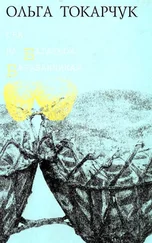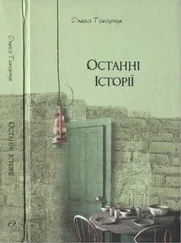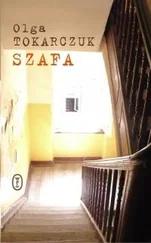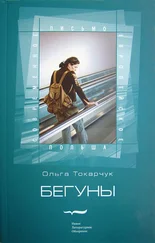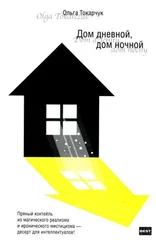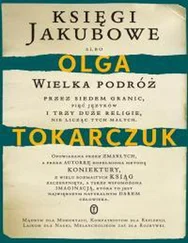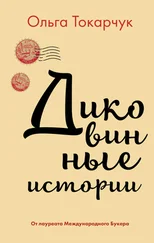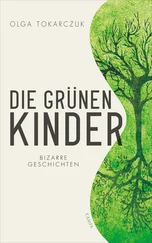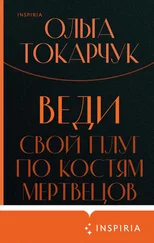Maybe Filip Verheyen has happened on the trail of a hidden order – maybe in our bodies there’s a whole world of mythology? Maybe there exists some sort of reflection of the great and the small, the human body joining within itself everything with everything – stories and heroes, gods and animals, the order of plants and the harmony of minerals? Maybe we ought to take our names in that direction – the Artemis Muscle, the Athens Aorta, Hephaestus’ Malleus and Incus, Mercury Spirals.
The men go to bed two hours after nightfall, both in one bed, a double bed that must have been left here by the previous owners – Filip has never had a wife. The night is cold, so they have to pile on a few sheepskins, which with the damp prevailing throughout the house give off a smell of sheep’s fat and pens.
‘You have to return to Leiden, to the university. We need you there,’ begins van Horssen.
Filip Verheyen detaches the leather straps and sets his wooden leg to one side.
‘It hurts,’ he says.
Van Horssen understands he’s talking about the stump set out on the nightstand, but Filip Verheyen points beyond it, at the now non-existent part of his body, at empty space.
‘The scars hurt?’ the younger man asks. Whatever it is that hurts, it doesn’t lessen his great sympathy for this slender, fragile man.
‘My leg hurts. I feel pain along the bone, and my feet drive me mad. My big toe and its joint. They’re swollen and inflamed, the skin itches. Right here,’ he says, leaning down and indicating a small crease in the sheets.
Willem is silent. What is he supposed to say? Then they both lie down on their backs and pull the covers up to their necks. The host blows out the candle and disappears, then says out of the darkness:
‘We must research our pain.’
It is understandable that the ambulations of a man moving atop a wooden orb cannot be too spry, but Filip is brave and were it not for a slight limp and the clatter of his prosthesis down the bone-dry way, it would be difficult to realize that this man is missing one leg. The slower tempo also means there’s time to talk. A crisp morning, the streets are lively, sunrise, the sun’s disc scraped up by slender poplars – it’s a pleasant walk. Halfway there they manage to stop a cart carrying vegetables to the Leyden market, thanks to which they have more time for a real breakfast at the Emperor’s Inn.
Then from the harbour at the channel they got on a boat pulled overland by massive horses; they choose cheap places on deck under a tent that shields them from the sun, and because the weather is nice, the trip becomes pure pleasure.
And so I shall leave them – heading on a barge to Amsterdam, in a shadow-stain passing across the water cast by the covering of the tent over their heads. Both of them are dressed in black, wearing white starched batiste collars; van Horssen is more lavish, neater, which means just that he has a wife who takes care of his clothing, or that he can afford a servant – probably nothing more. Filip is sitting with his back to their direction of travel, comfortably leaning, with his healthy leg bent, his black leather slipper crowned by a dark purple tattered ribbon. The wooden orb leans on a knot in the boards of the barge. They both see each other against a backdrop of fleeting landscape: fields bordered with willows, drainage ditches, the piers of small harbours and wooden houses covered in reeds. Goose down floats like tiny watercraft along the shore. A light warm breeze moves the feathers in their hats.
I will only add that in contrast to his master, van Horssen has no talent for drawing. He is an anatomist, and for each autopsy he hires a professional draftsman. His working method consists in precise notes, so precise that when he rereads them everything comes right back before his eyes. For this, too, is a way. Writing.
Moreover, as an anatomist, he tries to earnestly fulfill the recommendation of Mr Spinoza, whose teachings were feverishly studied here until they were forbidden – to look at people as at lines, planes and bodies.
THE HISTORY OF FILIP VERHEYEN, WRITTEN BY HIS STUDENT AND CONFIDANT, WILLEM VAN HORSSEN
My teacher and master was born in 1648 in Flanders. His parents’ home looked like any other Flemish home. It was built of wood and covered by a roof of reeds cut evenly just like young Filip’s fringe. The flooring had been very recently done with clay bricks, and now members of the family declared their presence to one another with the clatter of their clogs. On Sunday the clogs were sometimes exchanged for leather shoes, and down the long straight road lined with poplars the three Verheyens would head out for church in Verrebroek. There they would take their places and await the pastor. Their work-worn hands would reach in gratitude for the prayer books; the thin sheets and tiny letters would strengthen their belief that they were more enduring than the fragile life of man. The Verrebroek pastor always began his sermon with the words ‘Vanitas vanitatum’. It could be taken as a greeting, and in fact, that is how little Filip always understood it.
Filip was a peaceful, quiet boy. He helped his father on the farm, but it soon became clear that he would not follow in his footsteps. He would not pour milk out every morning and mix it with the powder from calves’ stomachs in order to shape giant wheels of cheese, nor rake out the hay into even piles. He would not observe in early spring whether in the furrows of ploughed earth there hadn’t collected any water. The pastor of Verrebroek made his parents understand that Filip was gifted enough that it would be worth educating him further after he completed his studies at the church school. And thus the fourteen-year-old boy began his education at the Heilige-Drievuldigheids lyceum, where he demonstrated his outstanding ability at drawing.
If it is true that there are people who see the small things, and those who see only big things, then I am certain that Verheyen belonged to that first group. I even think that his body from the beginning felt best in that particular position – inclined over a table, with his legs resting on the bars of his chair, his spine curved into a bow and his hands furnished with a feather pen that took not even the slightest interest in far-reaching goals, aiming close, within the kingdom of detail, the cosmos of little details, dashes and points, where the image is born. Etching and mezzotint – leaving in metal little traces, signs, the drawing of the smooth indifference surface of a metal sheet, ageing it till it became wise. He told me that the obverse always took him by surprise and confirmed his conviction that left and right are two completely different dimensions: their existence ought in fact to show us the suspect nature of what we naively take to be reality.
And although he was so adept at drawing, so occupied with engraving and etching, dyeing and printing, in his twenties Verheyen set out for Leiden to study theology, and like the pastor from Verrebroek, his mentor, become a pastor.
But even earlier – as he told me in connection with that excellent microscope that stood on his table – every so often that pastor would take him on short expeditions, a few miles down battered roads, to see a particular grinder of lenses, a brash Jew cursed out by his own, as he called them. This man rented out rooms in a stone house and seemed so exceptional that each such expedition was for Verheyen a great event, though he was too young to take part in any conversations, which he could only barely understand. The grinder apparently comported himself in a rather exotic, somewhat eccentric manner. He had a long gown, and on his head a tall stiff cap, which he never removed. He looked like a line, like a vertical pointer – so Filip told me and joked that if you were to put that oddball in a field he might serve the people as a sundial. Different people gathered at his house, merchants, students and professors, who would sit around the wooden table beneath a large willow tree and have endless discussions. From time to time the host or one of the guests would give a lecture merely in order to get the discussion to flare up again. Filip recalled that the host spoke as though he were reading, fluidly, without mumbling. He’d build long sentences, the meaning of which would immediately escape the little boy, but the speaker governed them perfectly. The pastor and Filip would always bring something to eat. Their host would supply them with wine, which he lavishly diluted with water. This was as much as Verheyen remembered from these meetings, and Spinoza remained for all time his master, whom he would read and battle fervently. Perhaps it was these meetings with this ordered mind, with his power of thought and need to understand, that prompted young Filip to study theology in Leiden.
Читать дальше

